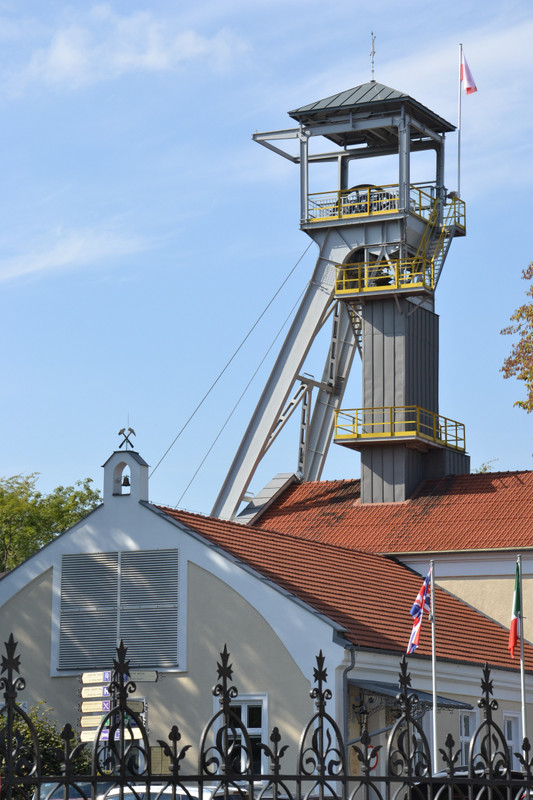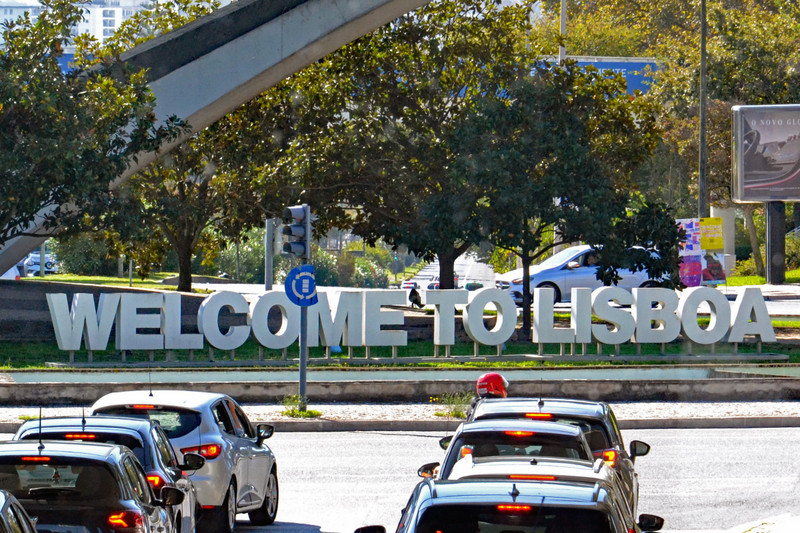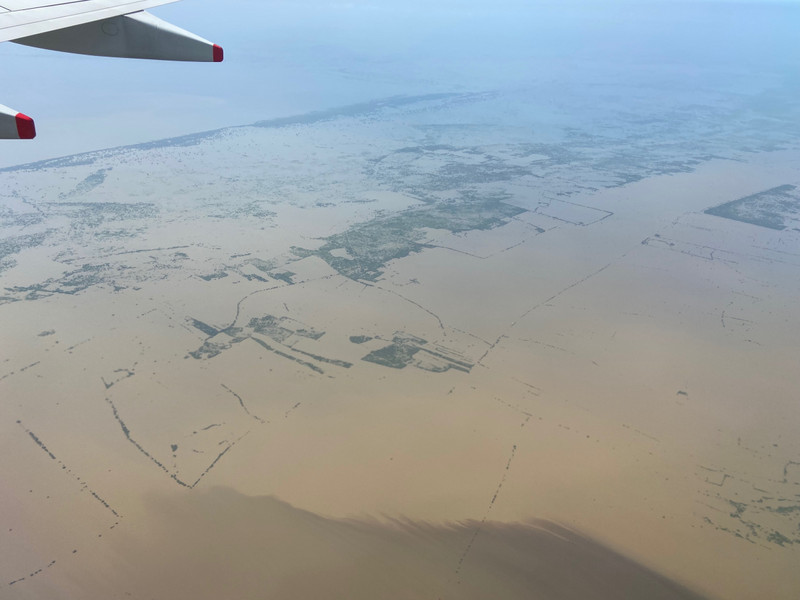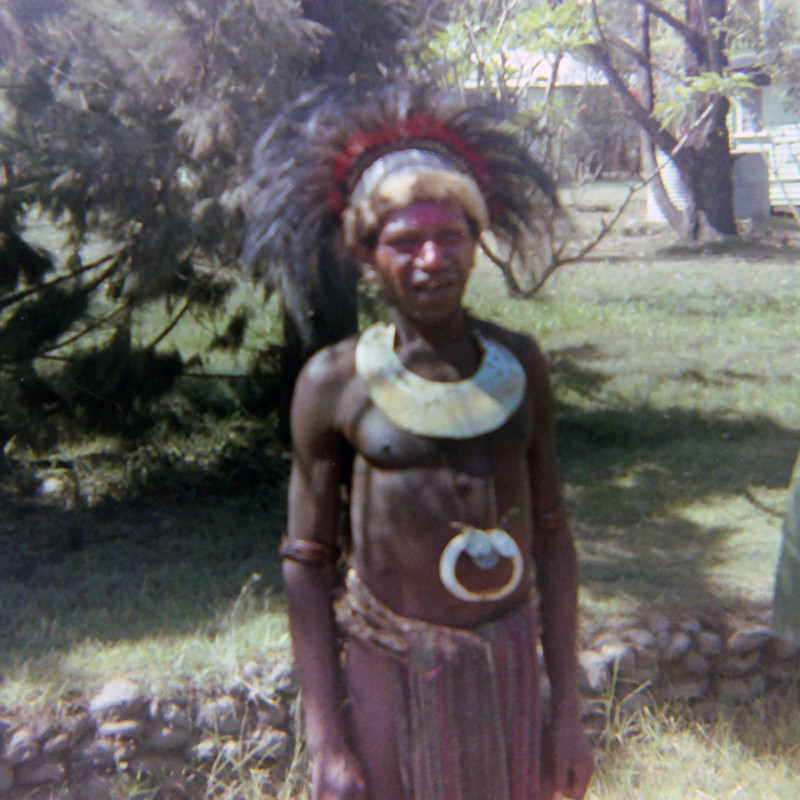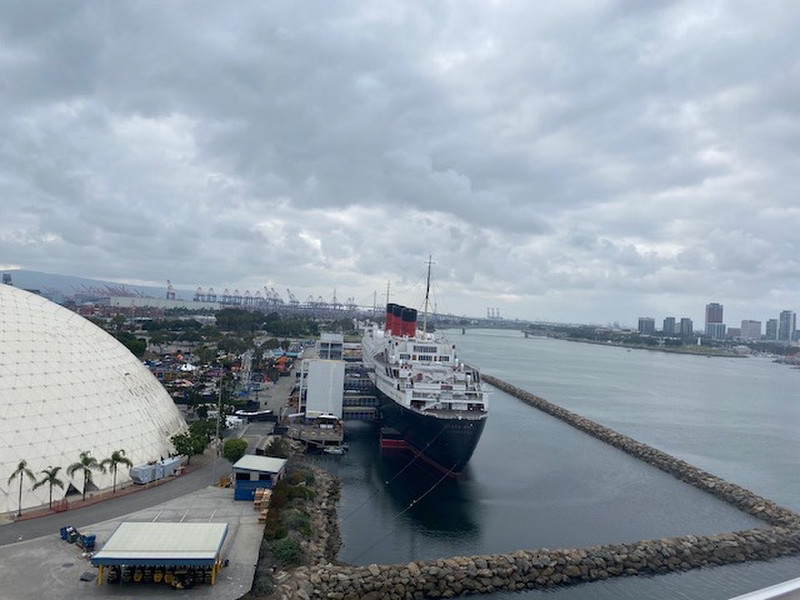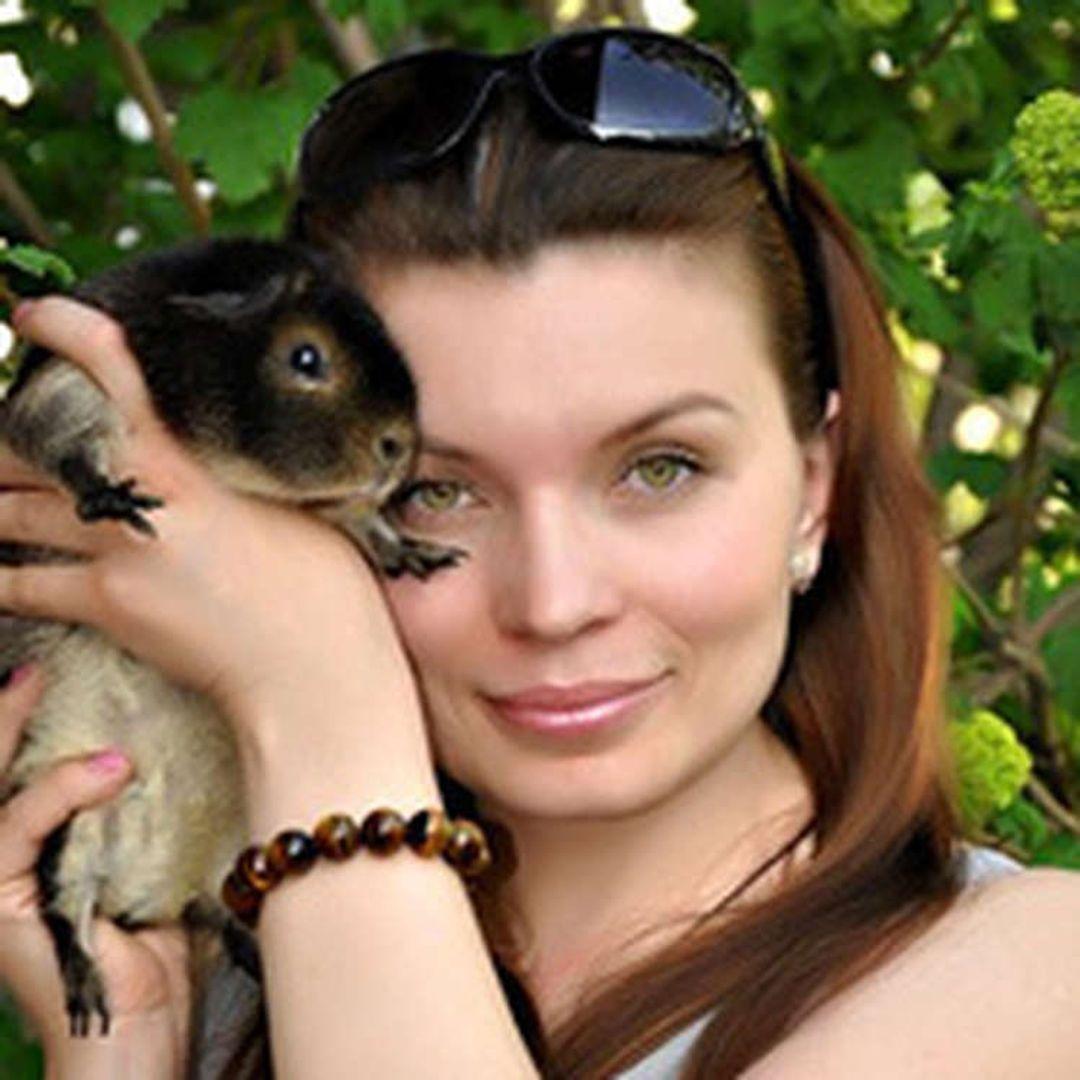Wieliczka Salt Mine. Headframe over the Daniłowicza Shaft. A headframe is the top of a mine hoist or lift. Wieliczka and Bochnia Royal Salt Mines UNESCO World Heritage site. Inscribed in 1978. Salt Mines of Wieliczka. ... These mines, the greatest depth of which is 980 ft., employ over 1400 hands. Total length of the mines from E. to W., 2 1/2 M.; breadth, from N. to S., 1040 yds. The different levels are connected by flights of steps and are pierced by a labyrinth of passages, the aggregate length of which at 78 M. The mines contain two ponds, which have boats in on them. Many of the disused chambers, some of which are ft. in height, are employed as magazines, and some of them are embellished with candelabra, etc., hewn in There are also several chapels with altars, statues, and other ornaments in 1914. DSC_0573
The salt mines of Wieliczka have been in operation for over 700 years. Extraction of salt from surface brine began in the 13 century. Under the patronage of Kazimierz III the Great extraction mining began in earnest in the 14th century. Salt was a not only for seasoning but for preservation of foodstuffs. Tours of the mine reach 443 feet (135 m), though the the working mine extends to a depth of 1,073 feet (327 m). The Wieliczka and Bochnia Royal Salt Mines was named a UNESCO World Heritage site in 1978.
Those among the tour group, including myself, who wanted to tour the salt mine set off from Krakow for Wieliczka in the afternoon. Tourism at the mine is not a new phenomenon. Visitors have been descending into the mine since the 18th century and touring it has been a big business since the century.
Arriving at the visitor center, we picked up our tickets and awaited our turn for the guided tour. An elevator takes visitors down into the mine. It is an actual mine elevator, six people in a very tightly packed space. It is an amazing underground world that one
Wieliczka Salt Mine. Elevator down the Daniłowicza Shaft of the mine. Each car carries six people in a tightly packed space. IMG_5508
encounters here. It is not at all like visiting a natural cave system like Luray Caverns. The mine was an inhabited space. Throughout the tour we would see dioramas depicting how the salt mine was worked over the centuries. There are chambers cut out of the rock salt and set up as chapels or display areas for salt sculptures.
The tour started at the Upper Urzula Chamber, excavated in and proceeded to descend through a series of stairs lower into the mine. dioramas showed early miners at work. (So well done you thought you were encountering real people.) I learned horses were brought into the mine at an early stage to pull carts and power winch mechanisms. (I was reminded here of the underground olive press I saw in Iran.) It was said that the horses were brought up frequently so they would not be in perpetual darkness. In more recent times, rails were laid and electric powered trains carried salt and mining supplies.
Dioramas show the extraction of salt from brine and the operation of the mine. Sculptures in salt depict Copernicus, an early visitor to the mine, Kasimir III who founded it,
Wieliczka Salt Mine. Janowice Chamber. A Polish miner presents Princess Kinga a piece of rock salt with her ring inside. According to legend, when Princess Kinga of Hungary became betrothed to Polish Prince Boleslaw the Chaste ca. 1239, she asked her father to give her a Hungarian salt mine as a dowery. She then proceeded to throw her engagement ring into the mine shaft. Arriving in the vicinity of Krakow, she ordered the members of her retinue to dig in a place indicated by her. To everyones amazement a lump of rock salt was discovered that contained the ring, the same ring that Kinga threw into the shaft in Hungary. In this way, the Wieliczka mine was founded and salt was brought to Poland. DSC_0590p1
Pope John Paul II, and the legend of Queen Kinga and salt. The most astonishing sight is the St.
